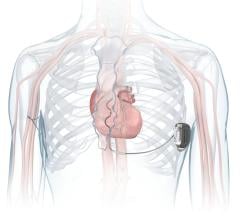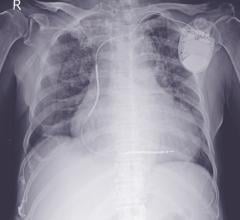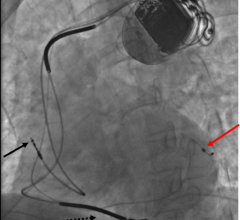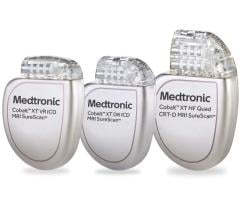July 25, 2007 – According to a study published in the July 25 issue of JAMA, high-risk patients with hypertrophic cardiomyopathy (HCM) may reduce the risk of sudden cardiac death with an implantable cardioverter-defibrillator that terminates dangerous heart rhythm disorders.
The studies indicates that clinicians have been using implantable cardioverter-defibrillator (ICD) as a potentially life-saving treatment in high-risk patients with HCM, however, the effectiveness and appropriate selection of HCM patients for this therapy remains uncertain.
In the study, Barry J. Maron, M.D., of the Minneapolis Heart Institute Foundation, Minneapolis, led researchers in examining the clinical risk profile and incidence and effectiveness of ICD intervention in 506 patients with HCM and an average age 42 years from a multicenter registry between 1986 and 2003. Risk factors analyzed included history of premature HCM-related sudden death in 1 or more first-degree or other relatives younger than 50 years; massive left ventricular hypertrophy (enlargement); a certain type of nonsustained ventricular tachycardia (abnormally rapid heart rhythm); and prior unexplained syncope (temporary loss of consciousness).
Of the 506 patients, 20 percent experienced 1 or more appropriate device interventions, in which the ICD terminated ventricular fibrillation (severely abnormal heart rhythm that results in cardiac arrest) or ventricular tachycardia. Intervention rates were 10.6 percent per year for secondary prevention after cardiac arrest (5-year cumulative probability, 39 percent), and 3.6 percent per year for primary prevention (5-year probability, 17 percent).
The researchers concluded that the results of the study demonstrated the effectiveness and reliability of the ICD in prevention of sudden cardiac death in high-risk patients with HCM.
For more information: www.ama-assn.org

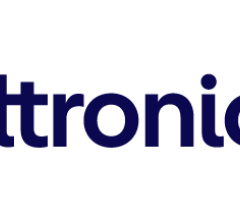
 September 05, 2024
September 05, 2024 

